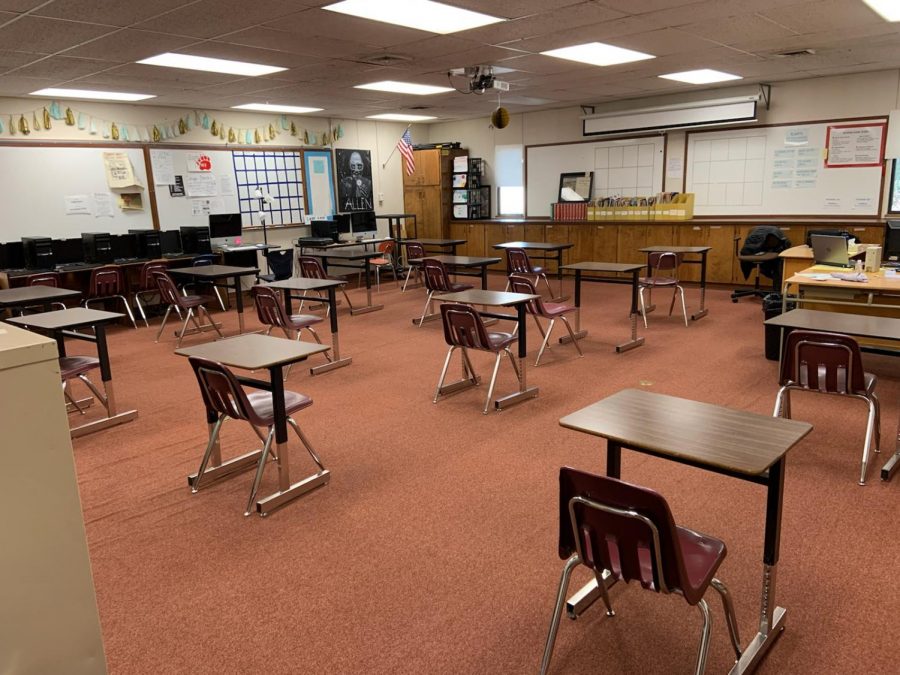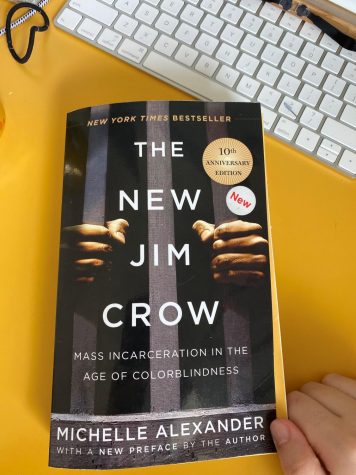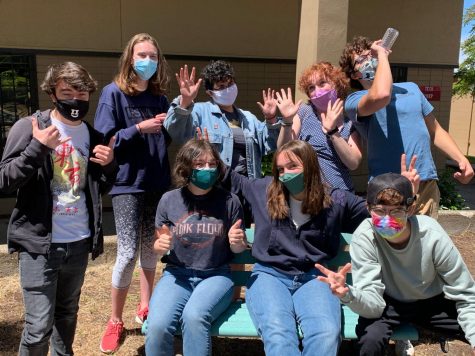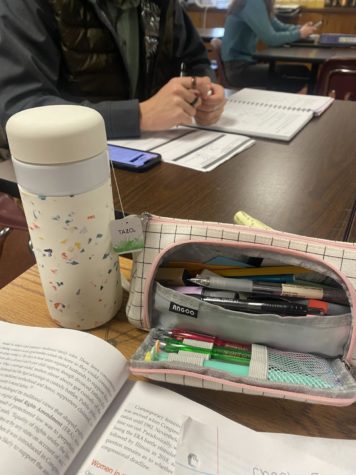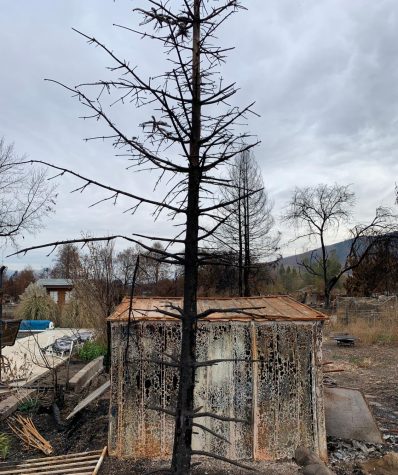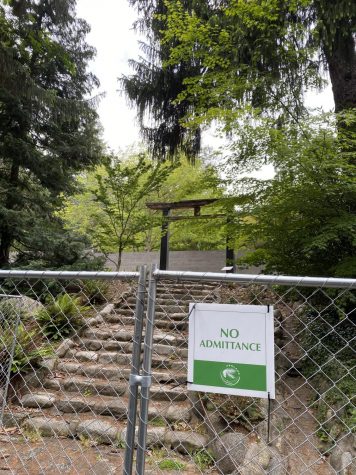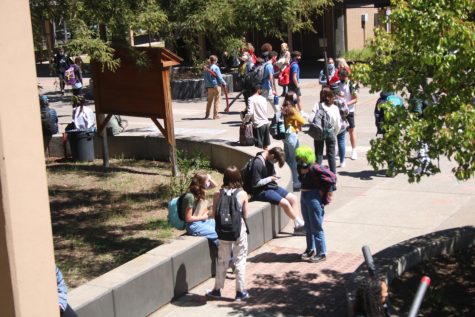The Future of Covid Learning in Oregon
On Friday October 30, Governor Kate Brown released new metrics surrounding in person schooling in Oregon. These new loosened metrics allowed many counties to return to in person learning or hybrid style learning, however Jackson County was and remains ineligible. As reported by the Oregon Health Authority, the main changes of these metrics pertain to the measurement period, statewide test positivity rates, and elementary schools. These guidelines also give communities the ability to make their own decisions surrounding in person learning.
Previously, county metrics were measured based off of three one-week periods. However now, they are measured in one two-week period. This gives more potential for schools to reopen especially in counties with lower case rates, because a small variation in case rate would not influence the metrics enough to prevent opening. Another change of these metrics revoke the need for counties to take into account statewide positivity test rates. Before these new guidelines, some counties had low enough rates to allow in person learning but they were still held to the statewide rate that disallowed the learning to commence.
These new guidelines are also allowing more age groups to return to school, rather than just K-3. Now, grades K-6 can do in-person learning. Erika Bare, the Student Services Director of the Ashland School Districts says, “It is particularly challenging to teach young students through distance learning. Going to school teaches children how to socialize, play and build strong foundations for reading and math.” Although teachers are doing their best to teach all this through distance learning, it is impossible to provide the same amount of personalized and quality instruction. With the advent of this decision, there has also been more thought put into how in person learning can be done safely and effectively.
Last but not least , the new guidelines announced that overall , school districts can make their own decisions surrounding when and how they should return to in person learning. For example , some school districts have made the choice to commence in person learning due to wildfires that have displaced many students and made distance learning inaccessible. According to Christine McCollum the Director of Programs for the Ashland School District, Ashland High School was planning to bring 39 students who were affected by wildfires back to in person learning, but his plan was put to a halt when Covid-19 cases skyrocketed in Jackson County. This resulted in Oregon entering a two week “freeze” starting November 18. Along with other limitations, this freeze mandated that all businesses must work from home if possible including school districts. It would be too much of a risk to bring students and staff back into the classroom. McCollum also stated that if cases do begin to lower, a hybrid model would be considered. However complications would come with this as well, including a different structure than students are used to, and the stress of so much potential exposure to the virus. Some of Bare’s last words were, “The universal challenge is the need for social emotional connection.”. This is a challenging time for everyone, it may be a while before it is safe enough to return to in person learning therefore we must seek support and connection through faculty, friends and family.

